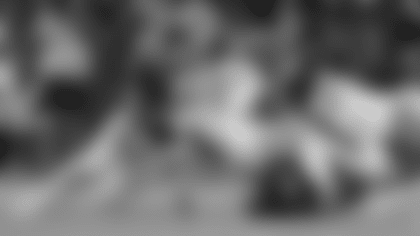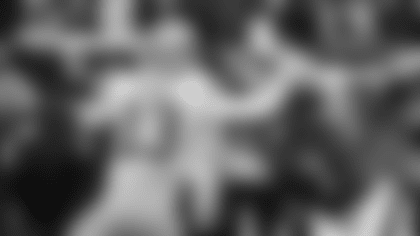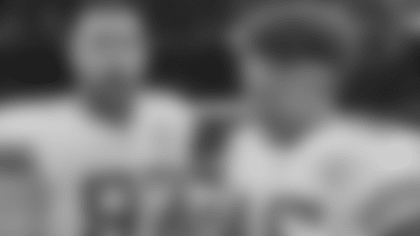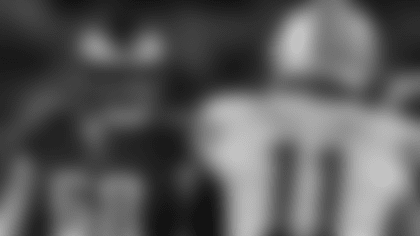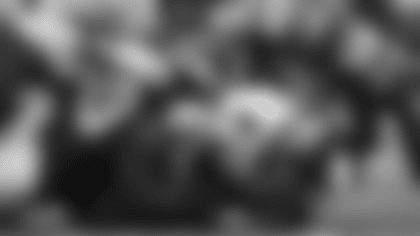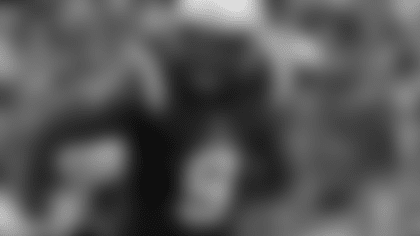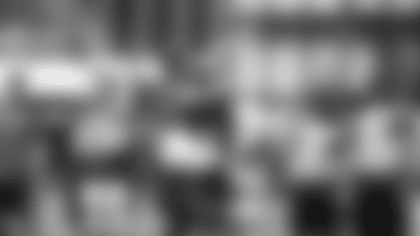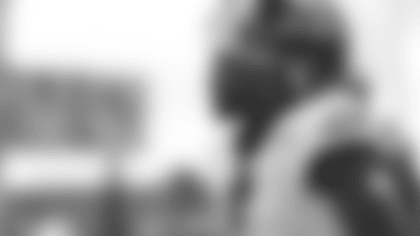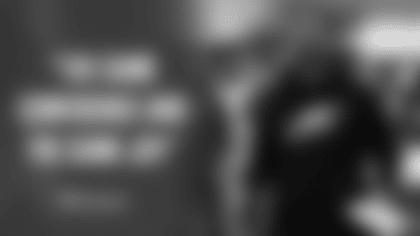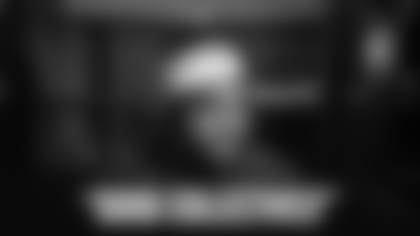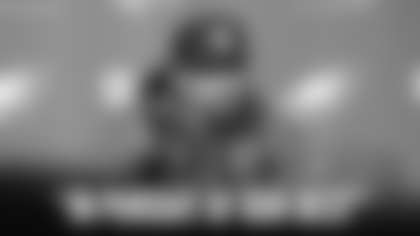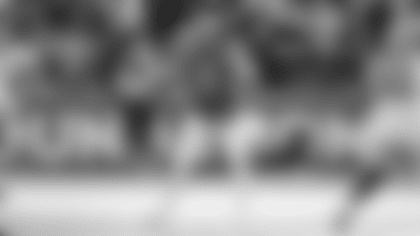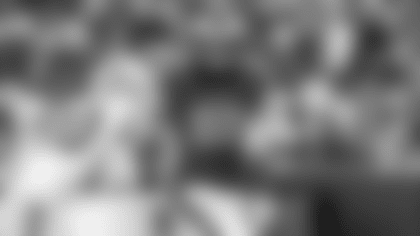Sunday was a rough game. Obviously the production on offense wasn't where it needs to be moving forward, and as Chip Kelly said after the game, there were a lot of things that factored into that. On defense, however, the Eagles played what will be considered by most to be the best game to date under defensive coordinator Bill Davis. This unit held a dynamic Dallas Cowboys passing attack to just three first half points, and 17 in the game. There were turnovers. There were sacks. There were big stops on third down. Most importantly, there was an execution of a game plan that put the Eagles in position to win the game throughout Sunday afternoon. To start this piece, let's take a look at one of the biggest things I noticed watching the game.
Throughout all of last week, national analysts noted that one of the biggest test for this Eagles defense against Dallas would be defending the "empty set." We had former Eagles quarterback Ron Jaworski on our "Kickoff Show" before the game Sunday, and he presented that same question - how would the Eagles defend the Cowboys when they went with five pass catchers split out wide and no one in the backfield? Dallas has a plethora of weapons at wide receiver and tight end, and entering Sunday they ran out of this set more than any team in the NFL. How did Bill Davis and the Eagles defense answer? Let's take a look.

It's first-and-10 late in the second quarter, and the Cowboys are driving deep into Eagles territory. They come out in "10 personnel," with one tight end, Jason Witten, and four wide receivers. What's most important, is there is no one in the backfield with Romo, an empty set.
When you're facing an empty set, there are a couple of different ways to deal with it. You can match up to it and focus on coverage, or you can pressure it. You can't obviously pressure it every time, because you can't be predictable, but I thought Bill Davis did a great job not just bringing pressure, but causing confusion up front for the Dallas offensive line to force Romo into quick throws.
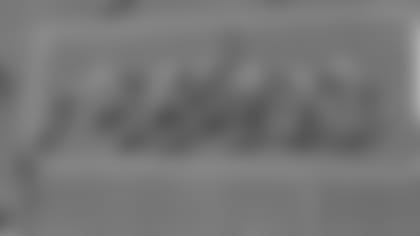
Really, it's quite simple. When you're in an empty set, there are no extra bodies to help with the protection. Romo can't rely on a running back in the backfield or a tight end on the line of scrimmage. With just five linemen in to protect, you can choose to bring six rushers. This creates a situation where one man will always come free. In essence, you're always bringing one more than the offense can block. As you can see above, that is what it looks like the Eagles are doing on this play, with six potential pass rushers at the line of scrimmage.
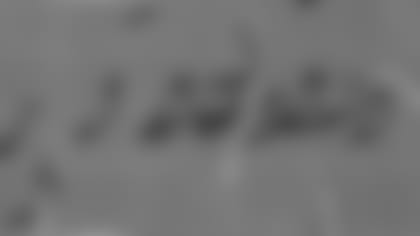
At the snap of the ball, all six of those defenders attack the line of scrimmage, but two of them fall back into coverage. DeMeco Ryans and Trent Cole both drop back in zone coverage, resulting in a four-man rush on a five-man offensive line. The advantage should be in favor of the Cowboys, right?
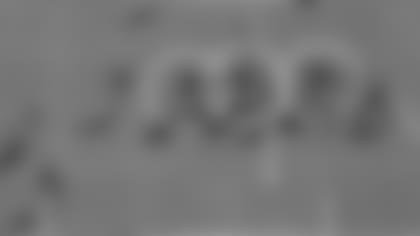
If you thought the answer to that question was "yes," well, you would be wrong. The illusion of pressure caused the offensive line to adjust their scheme. Start in the circle to the left of the screen, where we see Dallas' right tackle Doug Free blocking Fletcher Cox. Inside, we see two Dallas linemen blocking one linebacker, Mychal Kendricks. In the circle to the right, Dallas' left guard Ronald Leary is blocking Cedric Thornton. Left tackle Tyron Smith, considered their best offensive lineman, is blocking no one. The pre-snap look from the front seven resulted in two interior linemen blocking one linebacker, and the left tackle blocking air, and to the left of the screen, you see linebacker Connor Barwin with an uninhibited path to Tony Romo.

This was a great example of what "sugaring" gaps and the illusion of pressure can do to opposing offenses. Barwin pressures Romo into making an early throw, and the pass falls incomplete.
Let's fast forward to two plays later. It's now third-and-7, and the Cowboys once again come out in an empty set in an attempt to spread the Eagles defense out.

The Eagles come out with almost the same look defensively, with Ryans and Kendricks showing pressure inside. Romo remembers what happened two plays ago, and calls tight end Jason Witten in to help in protection. The Eagles have the Cowboys on the ropes.
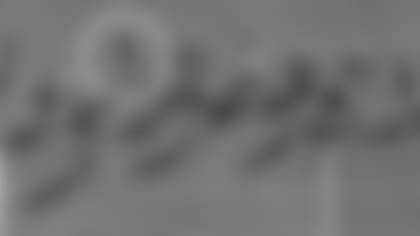
As Romo resets the protection, you see the right tackle Free point Barwin out to Witten. Barwin was the man who came free last time, and Witten will be responsible for blocking him this time around. With Witten coming in to help with protecting Romo, the player previously responsible for him in coverage, safety Nate Allen, is now part of the pressure scheme.
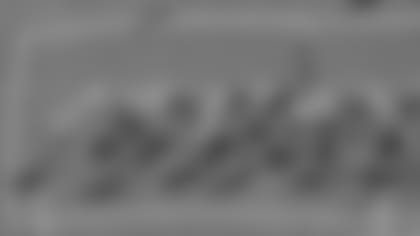
The Cowboys now have a six-man protection, with the Eagles showing a seven-man pressure. Dallas will be forced to figure out who is coming, and who may not be, to try and prevent what happened in the last situation and keep a free rusher from getting to Romo.

Just like last time, Ryans and Cole will be dropping into coverage. For those of you not counting at home, that means this will be five Eagles rushers against six Dallas protectors. Advantage should be to the Cowboys.

Then again, maybe not.
Starting in the left circle, you see Witten followed his direction and is blocking Barwin one on one. Barwin will not get to Romo on this play. Inside, you see three Dallas linemen blocking two Eagles defenders. In the circle to the right, Fletcher Cox is occupying the left guard, while the left tackle is, again, not blocking anyone with Cole out of the picture. While the Cowboys have numbers in terms of bodies, the extra attention paid towards rushers that weren't coming results in an open lane for a free rusher. This time it's Allen.

The pressure forces Romo to make a quick throw from his back foot, which results in an incomplete pass on third down to hold the Cowboys to a field goal. The Cowboys came out in an empty set 13 times on Sunday afternoon, and while the Eagles didn't stop them every time, Bill Davis showed he was willing to bring pressure to force Romo to get the ball out of his hands fast, and that pressure resulted in more than a few hits on the quarterback.
DIGGING MORE INTO DeMECO RYANS' BEST GAME AS AN EAGLE

DeMeco Ryans was a driving force behind the defense's performance Sunday, and while he wasn't alone in the effort, he made a number of plays that stood out watching the game live and then again on tape. Let's take a look at one of his first big plays in the game, a huge third-down stop on the Cowboys' first possession of the game.

It's third-and-1, and the Cowboys come out in "23 personnel," with two running backs and three tight ends. This is going to be a simple "power" run call to the defense's left, with the front side of the offensive line blocking down, and the backside guard pulling across the formation. Ryans does a great job reading the play and reacting, flowing to the play side.

One of the big keys to this play, however, was Barwin, who does a great job crashing inside and crossing the face of the tight end. Barwin's rush actually takes out the pulling guard, who would otherwise be responsible for blocking Ryans on the play.

With the pulling guard stuck in traffic, Ryans has clear vision of the running back, and is able to make a huge stop on third down to force an explosive Dallas offense to punt on their opening possession.

Let's move a little bit further into the first quarter. It's second-and-7, and the Cowboys are in "12 personnel," with one running back and a pair of tight ends.

The Cowboys will be looking to attack downfield off play-action, with wide receiver Dez Bryant running a 15-yard comeback and rookie Terrance Williams running a stop-and-go at the bottom of the screen.

The Eagles will blitz on this play. Before we get into the blitz, let me point out the front alignment, and how it impacted the outcome of the play. First, look at No. 72, Cedric Thornton, he is lined up over the center as a 0-technique nose tackle. He has the center's attention, and will occupy him in the pressure. Next, look at the 3-technique, Fletcher Cox, who is lined up on the guard's outside shoulder, and will be slanting outside towards the tackle. The tackle, Tyron Smith, is focused on linebacker Trent Cole, who is showing pressure from the outside. Kendricks will attack the A-gap at the snap, and make a beeline for Romo.

The final part of this blitz is Ryans, who attacks the same gap as Kendricks, coming in behind him.

As the play develops, look at how Dallas reacts to the blitz. You have the center Travis Frederick focused on Thornton along with the right guard. Inside, you see tight end Jason Witten steps up to block Kendricks. The right guard stays with Cox, while Cole drops back into coverage. This leaves Tyron Smith with nothing to do, but help his guard. Again, like we saw in those empty set plays, the illusion of pressure has the Cowboys double-teaming players along the defensive line with a rusher still coming free. This time, Ryans has a clear lane at Romo.

Ryans comes up with a sack for a 13-yard loss. This was a great example of scheme execution by Bill Davis and the Eagles defense, and it ended up as one of many great plays by Ryans on Sunday afternoon.
In the Cowboys' next possession, we saw Ryans do one of the things he does best, and it's something small that typically goes unnoticed. As a "hole" or "rat" defender underneath, Ryans consistently does a great job disrupting receivers routes within 5 yards of the line of scrimmage. Here's an example ...

One of the things Dallas likes to do is get their playmakers the ball in space on underneath routes. I covered this last week when I previewed Dez Bryant. Here, you see at the top of the screen, that the No. 2 receiver, in this case rookie tight end Gavin Escobar, will be running across the middle on a drag route.

Escobar will be running right into Ryans' zone on the play, and DeMeco, knowing he is within the 5-yard limit for contact, will not have any of it.

Ryans delivers a hit on Escobar, disrupting his route and taking away Romo's checkdown. With tight coverage on the back end, Romo was forced to look for Escobar. Ryans' hit on the play took Escobar out of the play, and the pass fell incomplete, forcing third-and-long.

When the defense needed it most, it would be Ryans that would come up with the biggest play of the day. The score is 10-0. On this third down situation late in the third quarter, the Cowboys are looking to extend the drive and extend their lead to help put the game away.

You'll see that the Cowboys run three vertical routes, attacking down the field, with receiver Cole Beasley coming underneath. He will be covered one-on-one by Mychal Kendricks.

Now, I want you to take a closer look at one example of the constant battle that goes on between linebackers and running backs throughout the game. Former Eagles linebacker Jeremiah Trotter broke down this play (as well as Ryans' third down stop from earlier in this piece) on the Post Game Show presented by Ricoh on Sunday night. On this play, Ryans is responsible for running back Phillip Tanner in coverage. Conversely, Tanner is also responsible for Ryans in pass protection. It's a game of cat and mouse, as both players try to find out what the other does. If Tanner stays in to protect, Ryans will attempt to rush Romo, and if he goes out on a route, Ryans will cover him. Tanner, meanwhile, will block Ryans if he blitzes, and will run a route if he thinks he isn't. Once Tanner realizes that Ryans is responsible for him in coverage, he leaves the pocket and goes out on his route.

Unfortunately for the Cowboys, Tanner is running his route right into Romo's passing lane. He is targeting Beasley, who beat Kendricks inside and has plenty of room for a first down and more. Tanner is pulling Ryans into the wrong place at the wrong time.
Ryans does a fantastic job bringing in the acrobatic interception, and returns it deep into Dallas territory. Unfortunately, the Eagles were unable to capitalize with a touchdown, but it was a huge defensive stop at a time when the team needed it most.

WHAT HAPPENED TO THE RUSHING ATTACK?
In the beginning of this piece, I wrote about how a number of factors contributed to the lack of offensive production. Chip Kelly talked about it after the game. Everyone involved on offense was responsible, and it started from the top down. There was not one consistent issue, but on each play there is always one mistake that keeps it from going for a first down or more. This is just one example, but let's take a look at how one error can take a huge gain off the board.

It's second-and-8 early in the second quarter, and the Eagles come out in "11 personnel," with one running back (LeSean McCoy) and a tight end (Brent Celek). This will be a run/pass option play for quarterback Nick Foles at the line of scrimmage, dependant on how the defense lines up. At the bottom of the screen, you see receivers Jason Avant and Riley Cooper will be blocking for a slip screen to DeSean Jackson. Up top, you see the offensive line blocking for a stretch play to the outside. With four defenders over top of the trips formation to the right, Foles calls for the run play, the right decision at the line of scrimmage.

When you look at this play from the end zone angle, you can see that the Eagles have a hat for a hat in the run game, leaving the backside defensive end unblocked. This should go for a long gain, as long as the blocks hold up. Also notice the unbalanced line, something we've seen from the Eagles since Week 1.
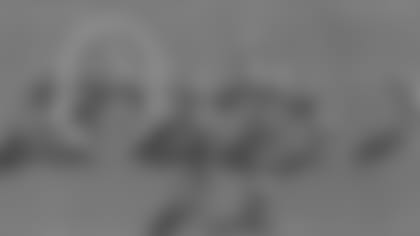
Somewhere along the way, however, there was an extra man left unblocked. Two linemen, Jason Kelce and Evan Mathis, are attacking linebacker Bruce Carter, leaving safety J.J. Wilcox (to the far left of the screen) unblocked.

There are a number of reasons why this could've happened. Frankly, that part of it isn't important to me (nor should it be to you). It's an error that happens to every offense throughout the course of a football game every week throughout the season at every level. But what this does show, is how one small mistake can affect the outcome of a play.

There is a lot of green space there for LeSean McCoy at the next level. With the safety on the opposite hash paying attention to the trips to the right, there isn't much there to stop McCoy from going for an extremely long gain, or even a 68-yard touchdown. Instead, the play ended in a 2-yard gain. There were a lot of plays left on the field on Sunday afternoon, but it's a correctable mistake that I'm sure will be fixed as the offense moves along in the 2013 season.
For a more thorough breakdown of the Eagles matchup against the Giants, be sure to tune into Eagles Game Plan this weekend, and next week I'll be back to break down the big game against New York.





